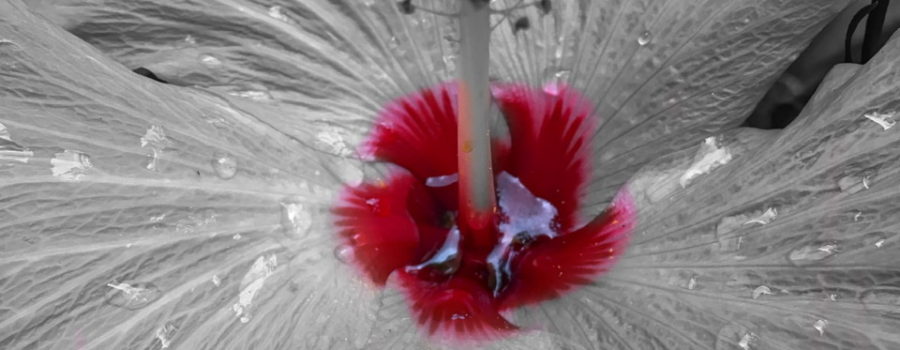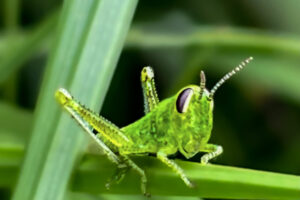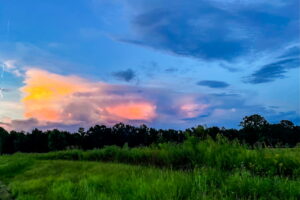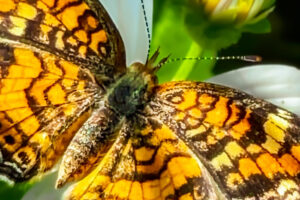How to Take Great Nature Photos : Use Single Points

One of the best ways to make your subject stand out is to use what we call a single point. What that means is to have just one subject in your photo and use both the placement of that subject and the surrounding space to help you to express the feelings that you are trying to convey. It may sound like a simple concept, but actually it isn’t at all. In images that include only one subject it becomes much more important that the subject be very interesting otherwise the entire image will be boring. It also becomes far more important that the foreground and background be interesting, but that they don’t distract from the main subject. And finally, it’s very important where you decided to place that subject in your image in such a way as to both keep the viewer’s interest and evoke the feelings you intent to create.

So what makes your subject interesting? Any subject can be interesting depending on how you present them. One great way to make a subject interesting is to have a contrast of colors. For example, in the photo above the black and red beetle is presented on an off white background. That same beetle would not be nearly as interesting on a black or otherwise dark colored background simply because the subject and background would start to blend together. There is no greater contrast in colors than black and white, but any colors that are positioned away from each other on the color wheel will make a nice contrast. One of my favorite ways to make a subject stand out is by coloring it in an otherwise black and white image. Another way to make your subject more interesting is to have them doing something. That feeling of motion stimulates the viewer to imagine not only what they see in your still photo, but also how the subject got there and where it is going next.

When working with a single point or subject it’s also important to make the rest of the image interesting, but also to make sure that it doesn’t distract the viewer from that main subject. One of the easiest ways to accomplish this is to use a fairly shallow depth of field so that your subject is in perfect focus while the rest of the image is out of focus. The more out of focus the rest of the image becomes the more the subject will stand out, but as you loose that detail in the background, you can also make it less interesting. Finding that balance can sometimes be difficult. In the example of the beetle above, the off white background, although providing a great contract of colors, is not terribly interesting. I think the beetle might look better on a soft light green background of natural plants, but I also wouldn’t want to loose it in the complexity of plants and grasses in sharp focus, like I have done with the wasp below.

Finally, when working with a single point, the placement of that point becomes extremely important. As we discussed before, placing the subject, which in these cases has nearly all of the visual weight, in the center of the image will create a feeling of balance and wellbeing, while using the rule of thirds will decrease the balance and create uneasiness. It is especially important that the photographer know what kind of emotion he is trying to convey when deciding how to shoot these single point photos. As nature photographers we don’t always get to decide exactly how to shoot some images. I know that much of my work has been the result of finding interesting subjects on nature walks, at work, or even while driving. If we try to plan ahead as much as possible, be as prepared as possible, and always keep in the back of our minds what we are trying to accomplish when shooting and in post processing, we have a much better chance of making great photos! What are your thoughts on this?





Recent Comments